By Joseph Luster
After only a few days on store shelves, Modern Warfare 2, the latest in Activision’s lucrative line of first-person shooters, was already pushing absurd numbers. It should really be no surprise for the follow-up to Modern Warfare, which came in third on the NPD Group charts for 2007 console software sales, right behind Wii Play and Halo 3.
In a single day across three countries, Activision pulled in a cool $310 million, selling nearly five million copies of Modern Warfare 2. It may be somewhat erroneous to claim this as the largest entertainment launch in history, especially given the price disparity between movie tickets and games, but these are pretty overwhelming numbers nonetheless.
Would these numbers be shouted from on high to the same degree if the World War II setting still maintained a yearly schedule? The last time Activision took us into the trenches was in the series’ fifth entry, Call of Duty: World at War, and despite that particular outing’s relative freshness, it’s unclear whether they’ll be returning to that period for the next. Yet, with so many past successes in the time period, it’s hard to imagine a world where Call of Duty isn’t synonymous with World War II action at least half of the time.
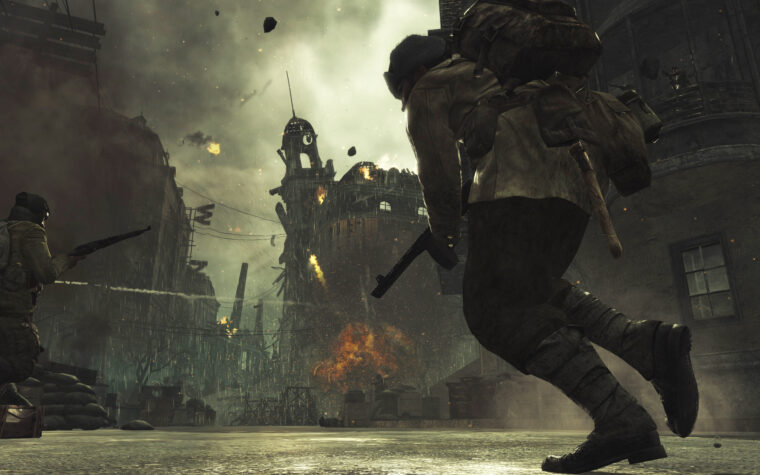
Dividing Lines
No matter the setting, there are two distinct sides to the Call of Duty franchise: Treyarch and Infinity Ward. While trading off development duties year after year sounds like a true dueling banjos scenario—and that’s not really too far off from the way the final products play out—there’s a certain immediately discernible quality about each team’s efforts. There was a time when this wasn’t the case, back when Infinity Ward kicked it all off from the ground up, and it’s these fledgling attempts to crack open an oft-repeated scenario that helped make the series reach the pedigree it holds today.
While not a completely unique feature within the genre, Call of Duty made a deep imprint in 2003—debuting on PC first, followed by Mac and Nokia’s ill-fated N-Gage in the same year—by offering up multiple viewpoints across a variety of campaigns. Different perspectives are key to the series, putting players in the shoes of not only American soldiers, but British and Soviets, as well. Medal of Honor attempted this in some form, too, but not to the same degree. The trend continues to this day, even in the non-WWII-based entries, and Modern Warfare 2 offers up what is surely Infinity Ward’s most controversial level to date thanks to this structure. (For those unfamiliar, just look up the “No Russian” sequence or experience it for yourself.)
The first Call of Duty earned quite a few nods as game of the year, including one from the Academy of Interactive Arts & Sciences. The series was already setting the standard for sound design, among other things, and this is an aspect that still plays a major role in the series and is constantly beefed up from one iteration to the next. Who can deny that a major part of immersion in war games is the wall-shaking thp-thp-thp of bullets missing their mark, or the jarring ring of eardrums when a grenade goes off a little too close for comfort.
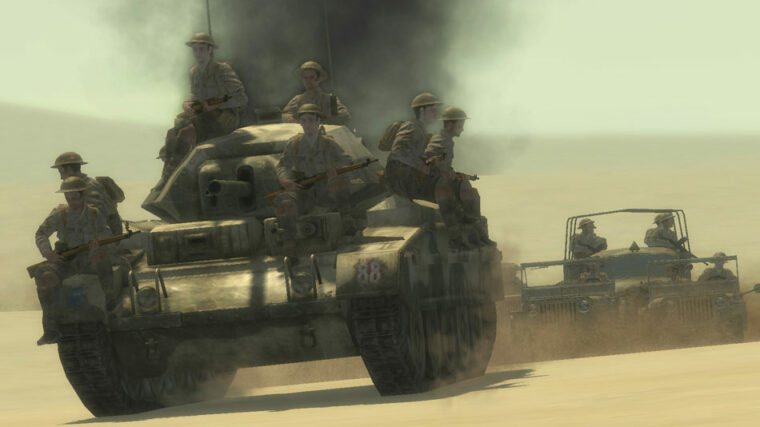
Considering how polished the title was, it’s interesting to note that Infinity Ward was still a relative rookie development unit. It would be a while, however, before anyone outside of the computer gaming community would really get a chance to see what the fuss was all about, especially in terms of the multiplayer, which still reigns as the highlight of the series, and is currently establishing new records for usage on Xbox Live as each day passes.
The second game developed by Infinity Ward also took on multiple perspectives, including the Red, British, and United States Armies. Call of Duty 2 put the player in famous scenarios, including the crossing of the Rhine in Operation Plunder, a taste of the North African Campaign, and a particularly intense D-Day scenario, to name a few. More than ever, the series was gearing toward truly cinematic moments, many of which echo the type of thrust-into-Hell, camera-shaking action that gave Saving Private Ryan its lasting theatrical notoriety.
Changing Of The Guard
Call of Duty 3 marked developer Treyarch’s first stab at the series, as well as CoD’s first exclusive debut on consoles, with inclusion in the launch lineups of both Playstation 3 and Nintendo Wii in 2006. Since Infinity Ward had been sole developer of the series before, the attempt by Treyarch to mimic what they had achieved was quickly apparent, not that it was to the detriment of the franchise in any way. It may have been the safest way to go about developing a Call of Duty game, but it managed to put similar thrills in the context of new World War II scenarios, and included fresh perspectives in the inclusion of Canadian and Polish campaigns.
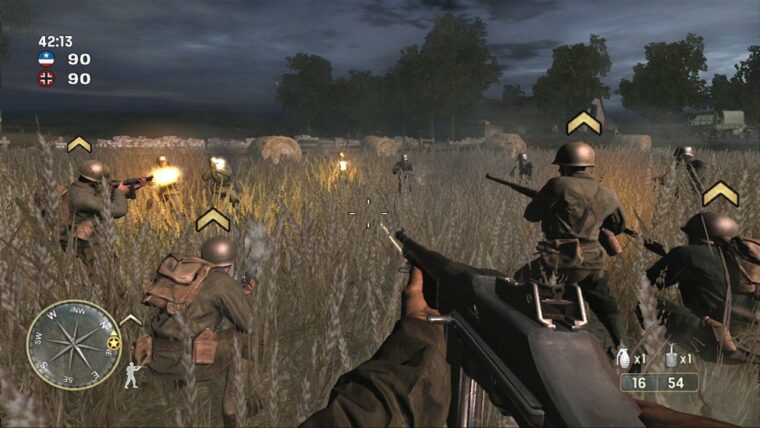
As enjoyable as Call of Duty 3’s single-player was, and in the face of its efforts toward developing console WWII multiplayer on a slightly larger scale, there was still the ever-creeping, unavoidable dilemma of war fatigue. Mileage may vary from individual to individual, but the staleness of the genre could be seen across the face of many gamers, and games media was having fun at this point deriding the countless me-too titles popping up across the landscape. It’s tough to blame anyone for developing a bad taste for the subject matter. It’s like skimming the budget documentary DVD bin in Walmart and wondering how much quality can possibly be buried in such a yawning crevasse.
Most everyone out there knows about Call of Duty 4: Modern Warfare. Your little cousin with the snotty nose and foul mouth? He most definitely knows about CoD4, and is most likely waxing profanely on the playground about whatever jerk spammed him with grenades right at the start of a round in Infinity Ward’s sequel. This isn’t really the venue for that, but that oh-so-soothing banjo battle continued when Treyarch took on the follow-up, World at War, in 2008.
The game was influenced by CoD4 in many ways, from the style of storytelling to, and this is the real lynchpin at this point, the insanely popular multiplayer. The only thing that likely overshadowed the intensity of the opening torture scene—where protagonist Private Miller watches as Japanese soldiers torture and execute a fellow marine—was the “am I watching 24?” effect of having Kiefer Sutherland yell at you both online and off.
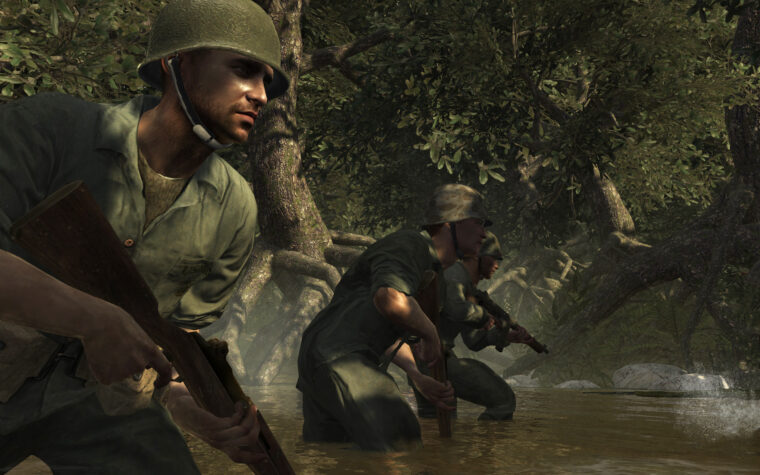
If anything, the actual plot of World at War spread itself too thin for its own good, opting to sprawl over years of war rather than keeping events more closely tethered to one another. The major draw for most players has been the online components, and the multiplayer of World at War took pretty much all the notes it could on what made Modern Warfare such a monster hit. Though a little jarring at first, it was strangely unique to see Modern elements like the perks system, the addictive means of tallying points, and kill-streaks that, in this context for instance, allowed the player to unleash attack dogs on their opponents. Achieving user dedication comparable to Modern Warfare was a tall order, but World at War still managed to light up the charts.
Future Windows Into The Past
The call doesn’t stop ringing outside of the main entries in the series. CoD has graced most every platform imaginable, and extends from the initial console effort, Call of Duty: Finest Hour—which landed on Gamecube, Playstation 2, and Xbox, the latter two featuring online multiplayer—to portable iterations like Modern Warfare: Mobilized on Nintendo DS. In addition to all of this, publisher Wildstorm kicked off a six-part miniseries based on Modern Warfare 2, McFarlane Toys partnered up with Activision on an action figure line, and Upper Deck is making sure that even the world of collectible card games isn’t from this beast.
Wherever Call of Duty 7 (or whatever its sure-to-be number-free name may be) takes us, be it back to World War II basics or otherwise, a certain level of polish is all but certifiably guaranteed. Even if we don’t see them coming back for some time, the hunger of WWII gamers can still be seen clear as day in sales and multiplayer figures for games like World at War. In an interactive world where every major point of the war has been tread over and over again, expect the ever-developing sophistication of games to deliver it in more eye- and ear-popping ways. If these titles evolve into even more respectful and thought-provoking affairs down that path, then we should be in for something really special.
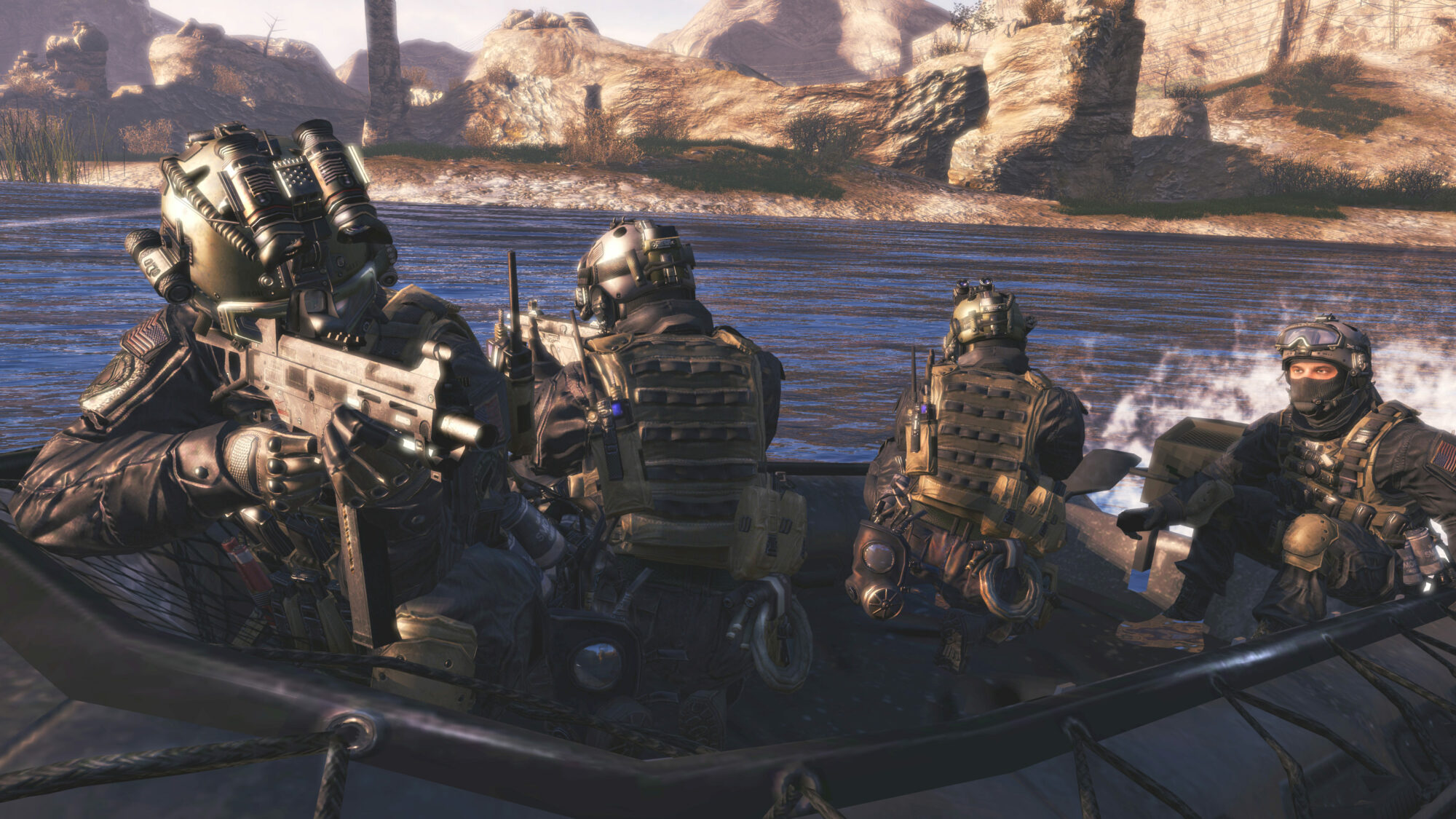
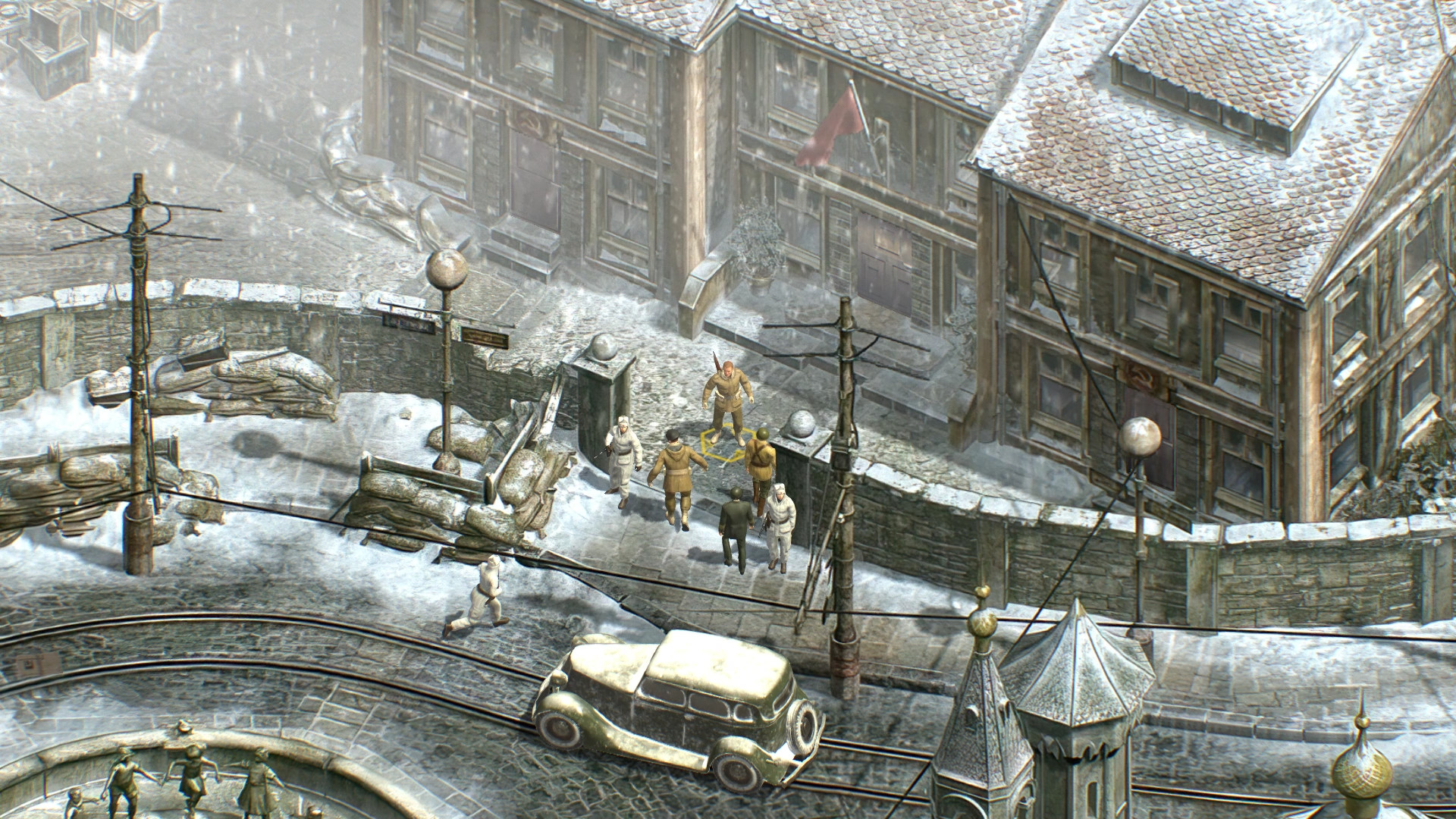
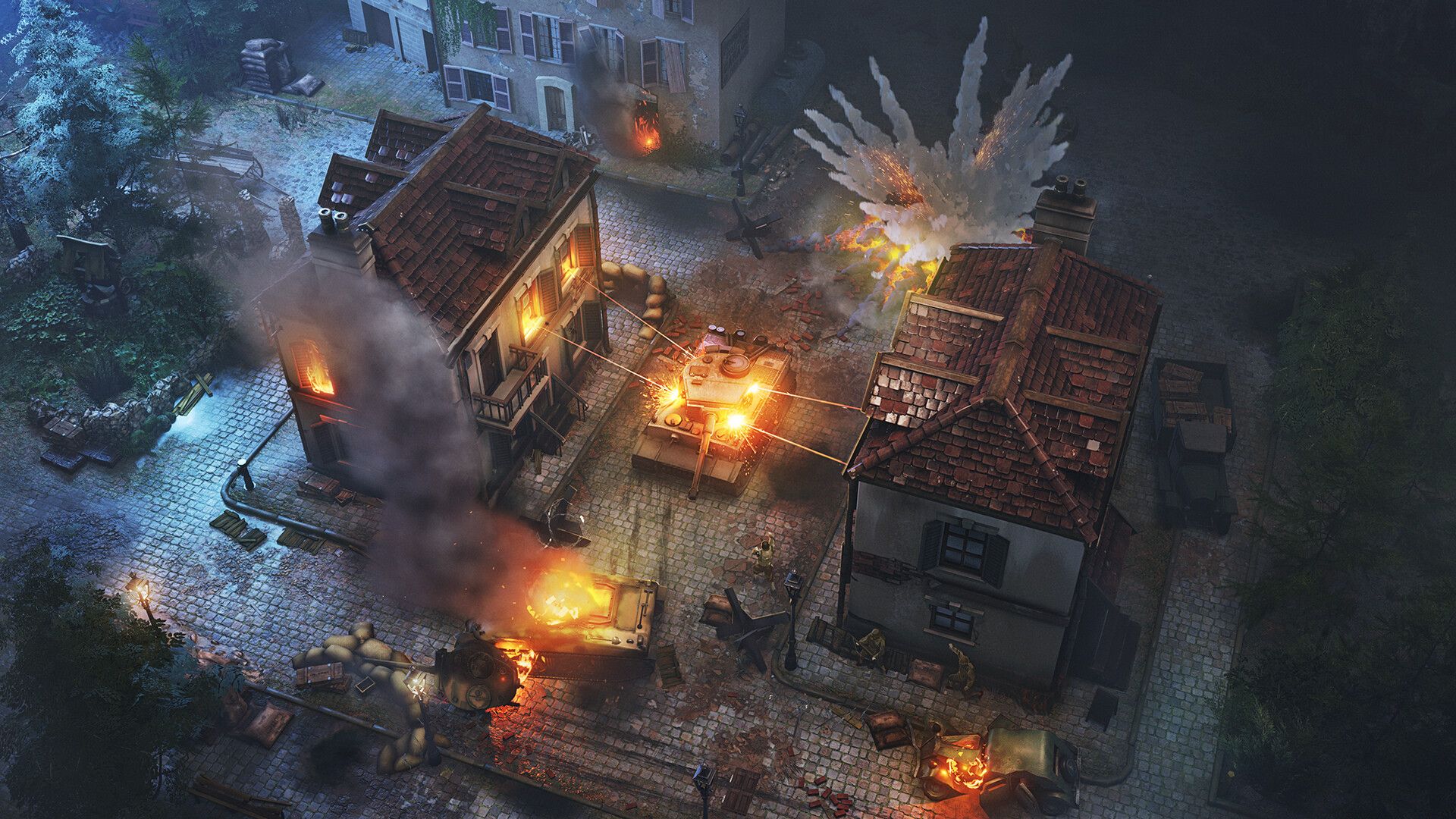
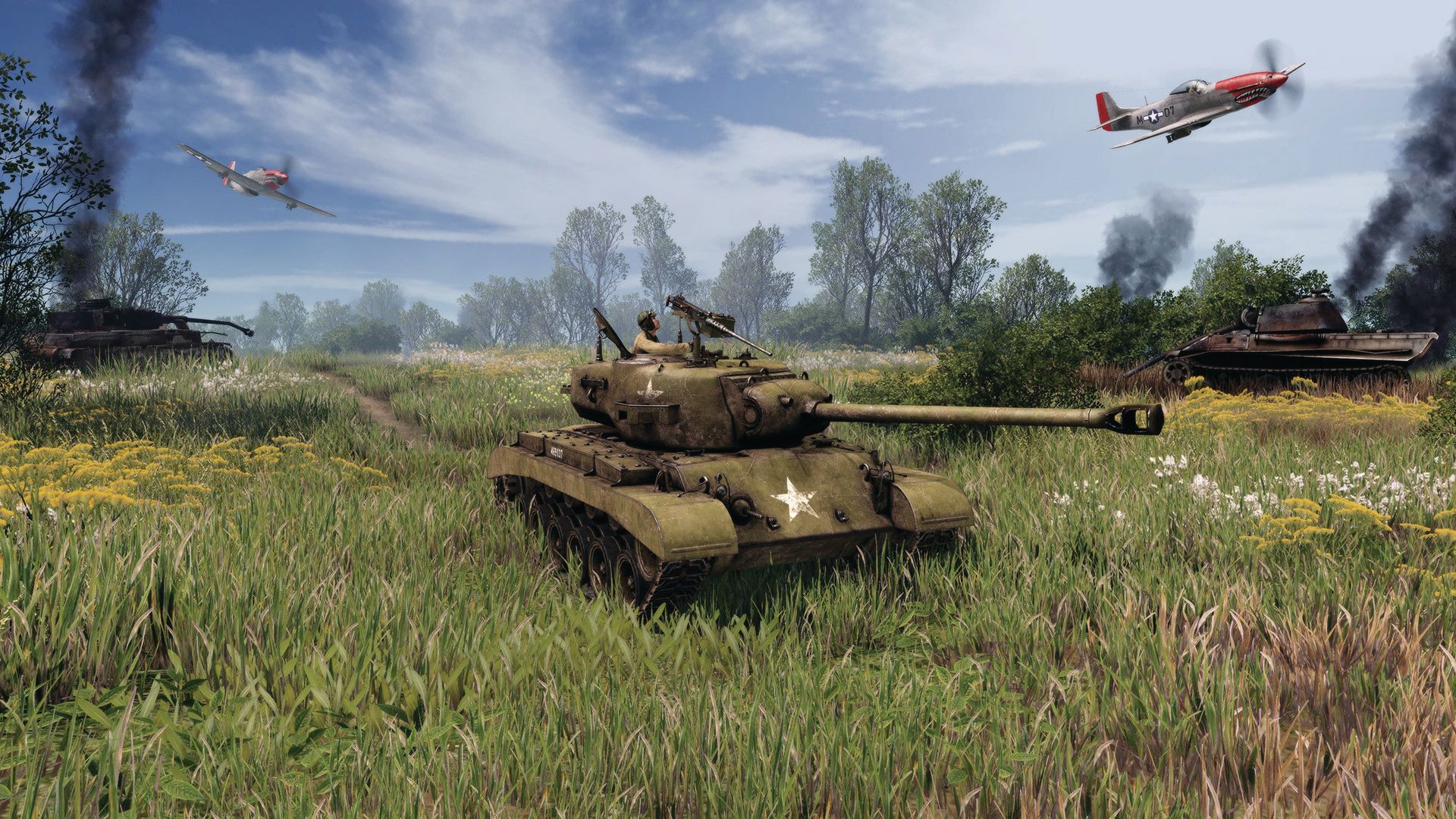
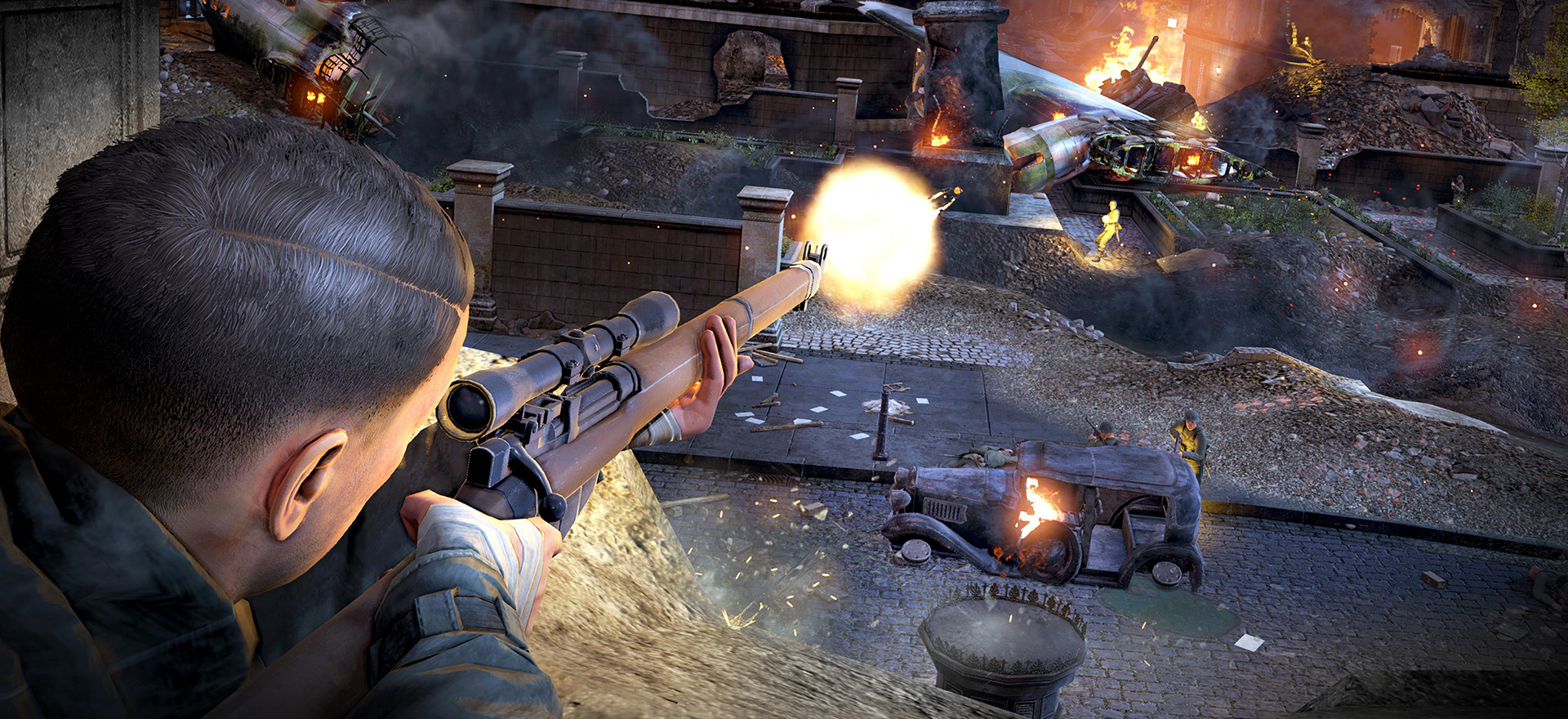

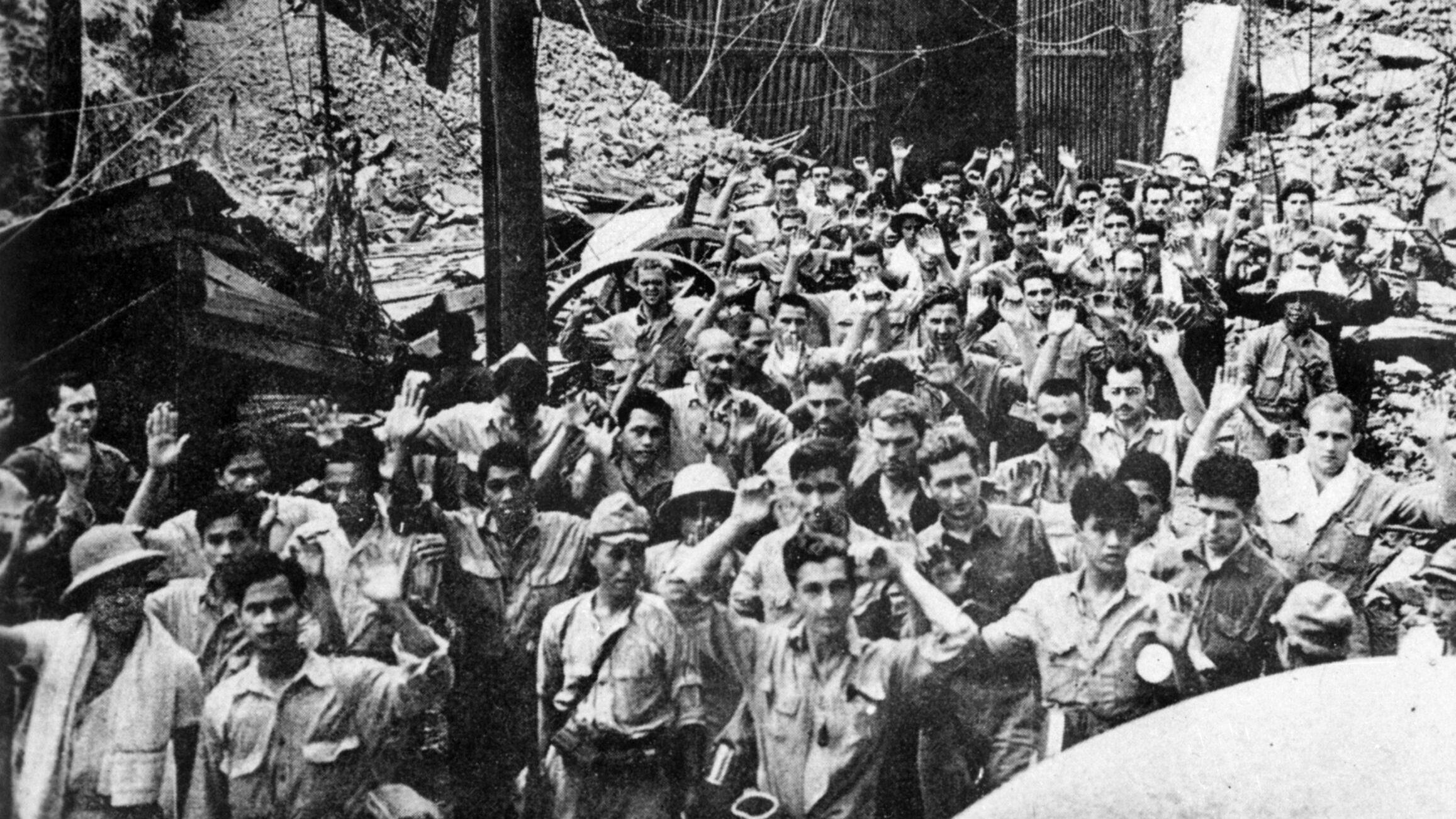
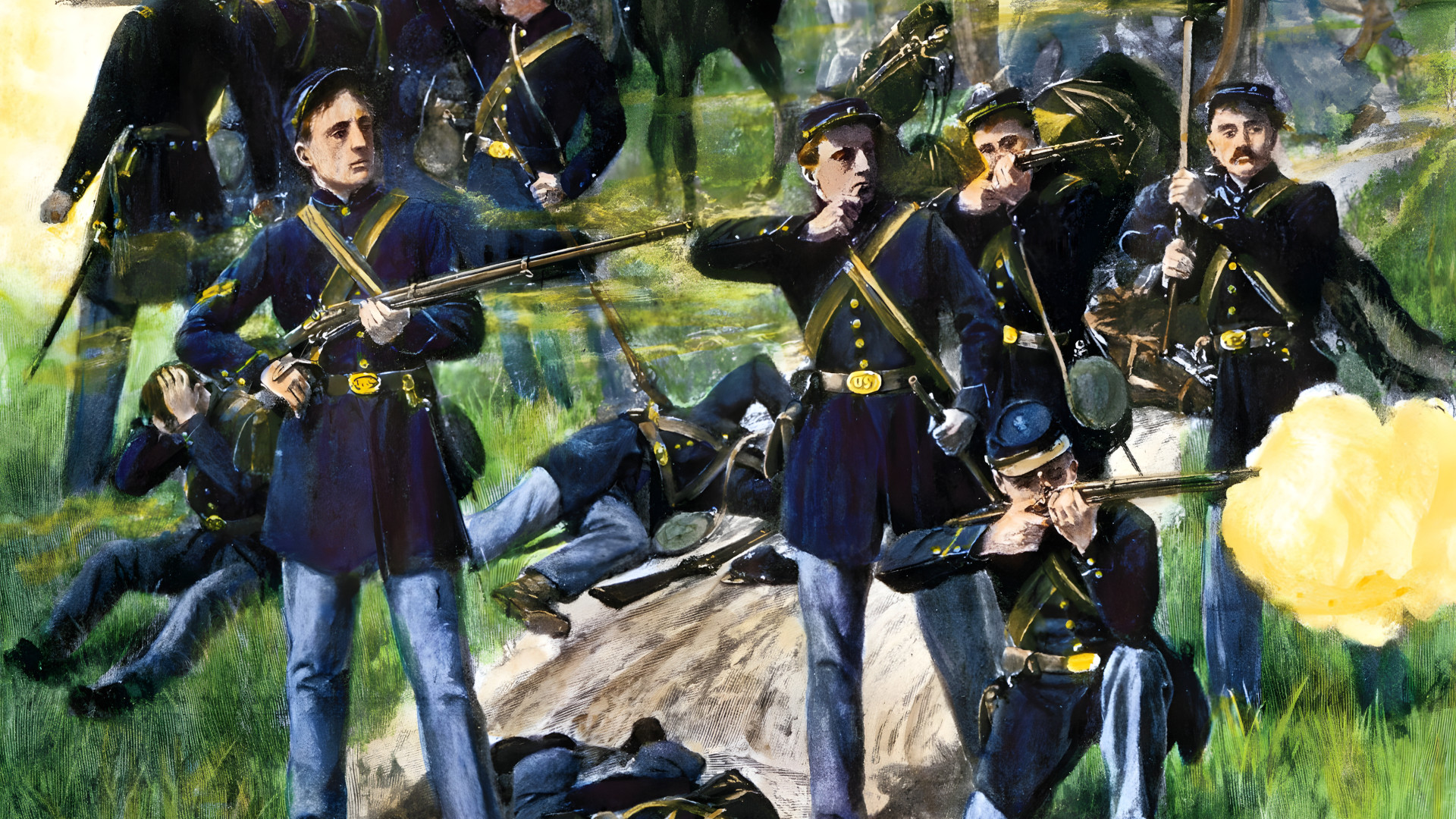
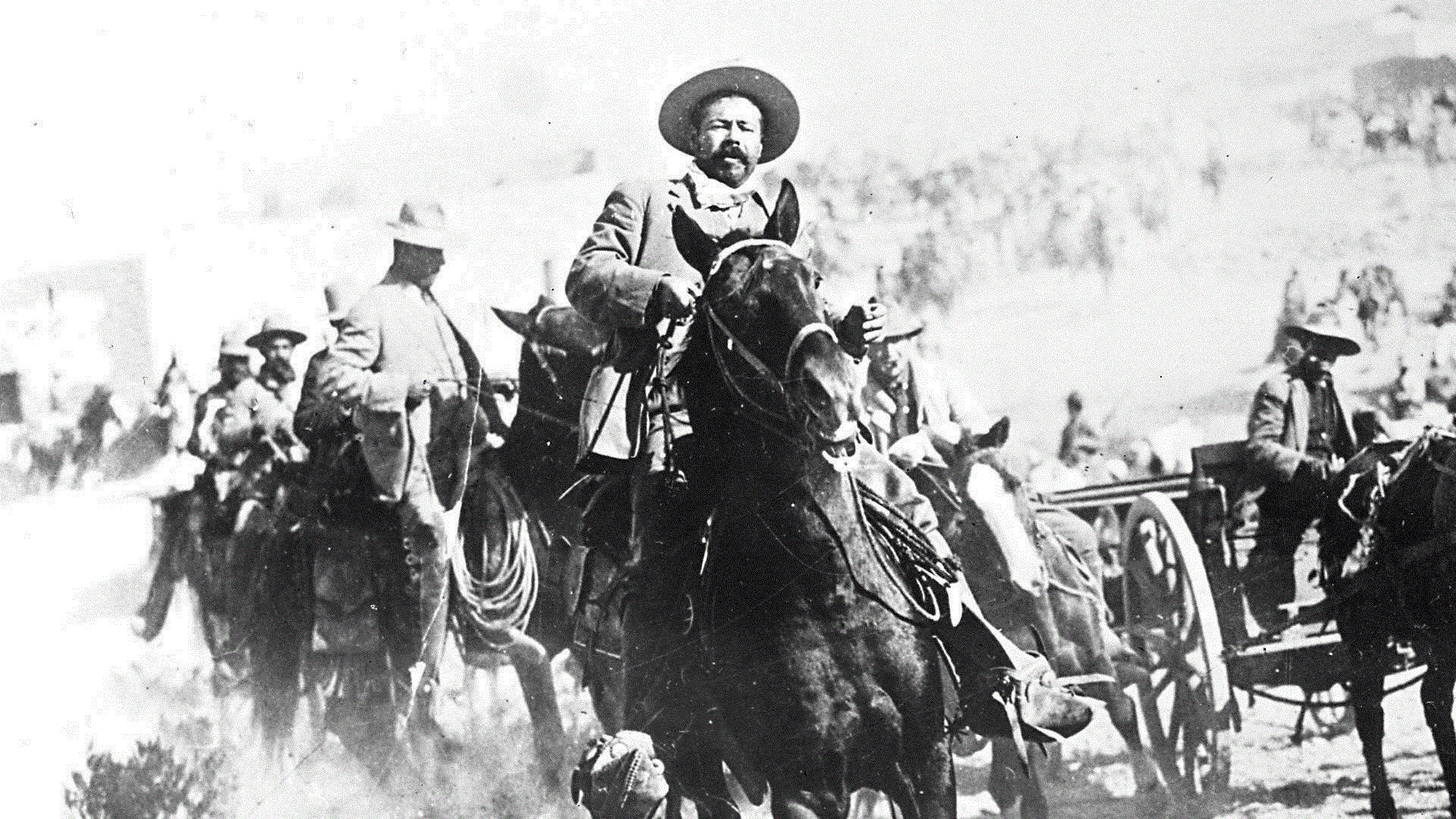
Join The Conversation
Comments
View All Comments